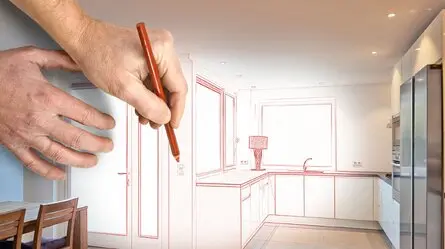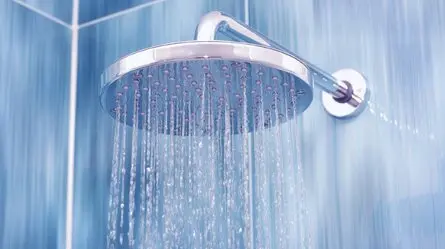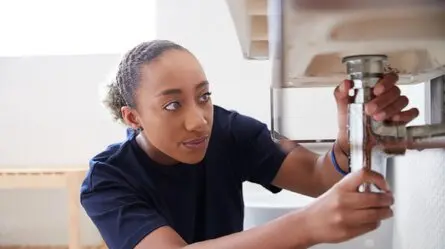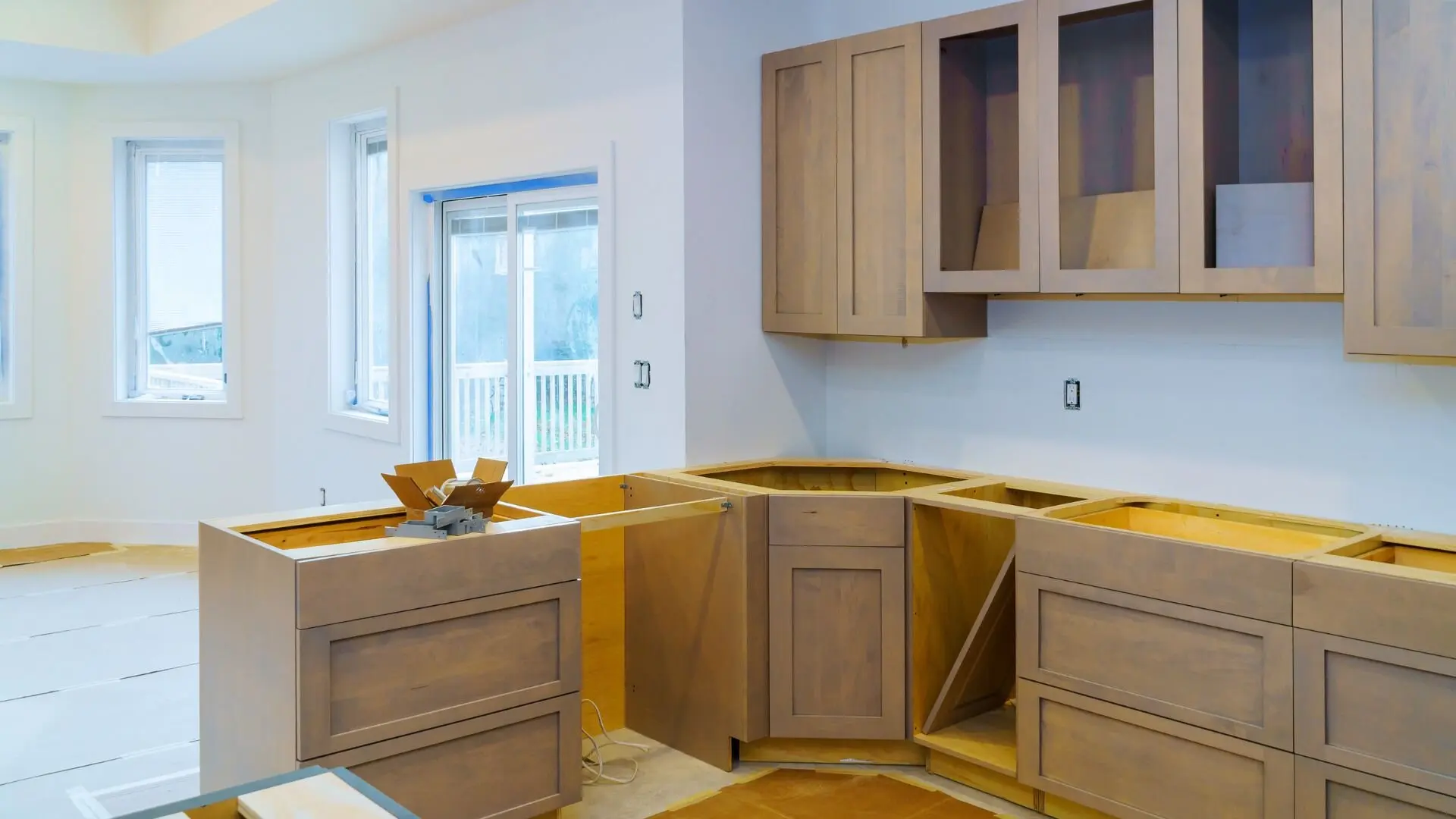
Renovating your kitchen in Perth is an exciting chance to enhance both its look and practicality. A key part of this transformation involves reworking your kitchen’s plumbing system, which is essential for keeping your culinary space efficient and reliable.
The journey toward a flawless kitchen remodel involves understanding the interplay between various plumbing elements, selecting materials that promise longevity and performance, and ensuring the design aligns with the latest compliance standards.
If you’re a seasoned renovator or just starting out, these insights will give you the basic knowledge needed to make smart choices about your kitchen’s plumbing. From planning the layout to adding the final touches that protect your system, our expert tips aim to make your remodel smooth and perfectly suited to all your cooking needs.
Kitchen Plumbing Fundamentals
Your kitchen’s plumbing system is vital to its style and function. When done right, you barely notice it, but it’s crucial for long-term efficiency and ease of use. A well-designed kitchen truly brings the home together by seamlessly blending these aspects.
Understanding the basics of kitchen plumbing is the first step in any successful remodel. This system comprises a network of supply pipes that deliver clean water, waste pipes that dispose of dirty water, and various fixtures and appliances that make the kitchen operational. Each component plays a crucial role in the overall performance of your kitchen:
- Supply Pipes: These are the channels through which potable water is delivered to your kitchen. They must be robust and leak-proof and are typically made from copper, PEX, or PVC.
- Drains and Waste Pipes: These pipes carry used water and waste away from the kitchen. They must be designed to prevent clogs and backups, ensuring smooth disposal.
- Fixtures: Sinks, faucets, dishwashers, and other fixtures are the touchpoints of your plumbing system. Quality and functionality are paramount here, as they are the most interacted-with elements.
A typical kitchen plumbing system also includes vents, traps, and valves. Vents allow air into the drainpipes, ensuring the water runs smoothly without siphoning water from the traps. Traps, usually under the sink, prevent sewer gases from entering the home. Meanwhile, valves control the water flow and can be turned off in case of a leak or during repairs.
Picking the right plumbing layout isn’t just about looks; it’s also about crafting a space where you can effortlessly perform all your cooking tasks. A thoughtful design ensures efficiency and ease in your culinary activities.

Designing Your Plumbing Layout
Strategic planning is essential for any kitchen remodel, especially with plumbing. Designing your kitchen’s plumbing layout involves careful planning, ensuring each pipe and fixture is optimally placed for both function and style.
The initial step in this process is to evaluate the existing plumbing framework. This will determine if the current layout is sufficient or if new pathways must be carved out to accommodate your redesign. Key considerations during the planning stage include:
- Space Optimisation: The layout should maximise the kitchen’s available space, allowing for ease of movement and workflow efficiency.
- Fixture Placement: The position of the sink, dishwasher, and other water-dependent appliances must align with the kitchen’s layout and user needs.
- Accessibility: Ensure shut-off valves are easily accessible in emergencies or for routine maintenance.
Professional consultations are invaluable at this stage. Plumbers with a deep understanding of building codes and kitchen ergonomics can provide insights that balance practicality with your personal preferences. Their expertise can help prevent common issues, such as placing fixtures too far from water sources or creating layouts that lead to water pressure problems.
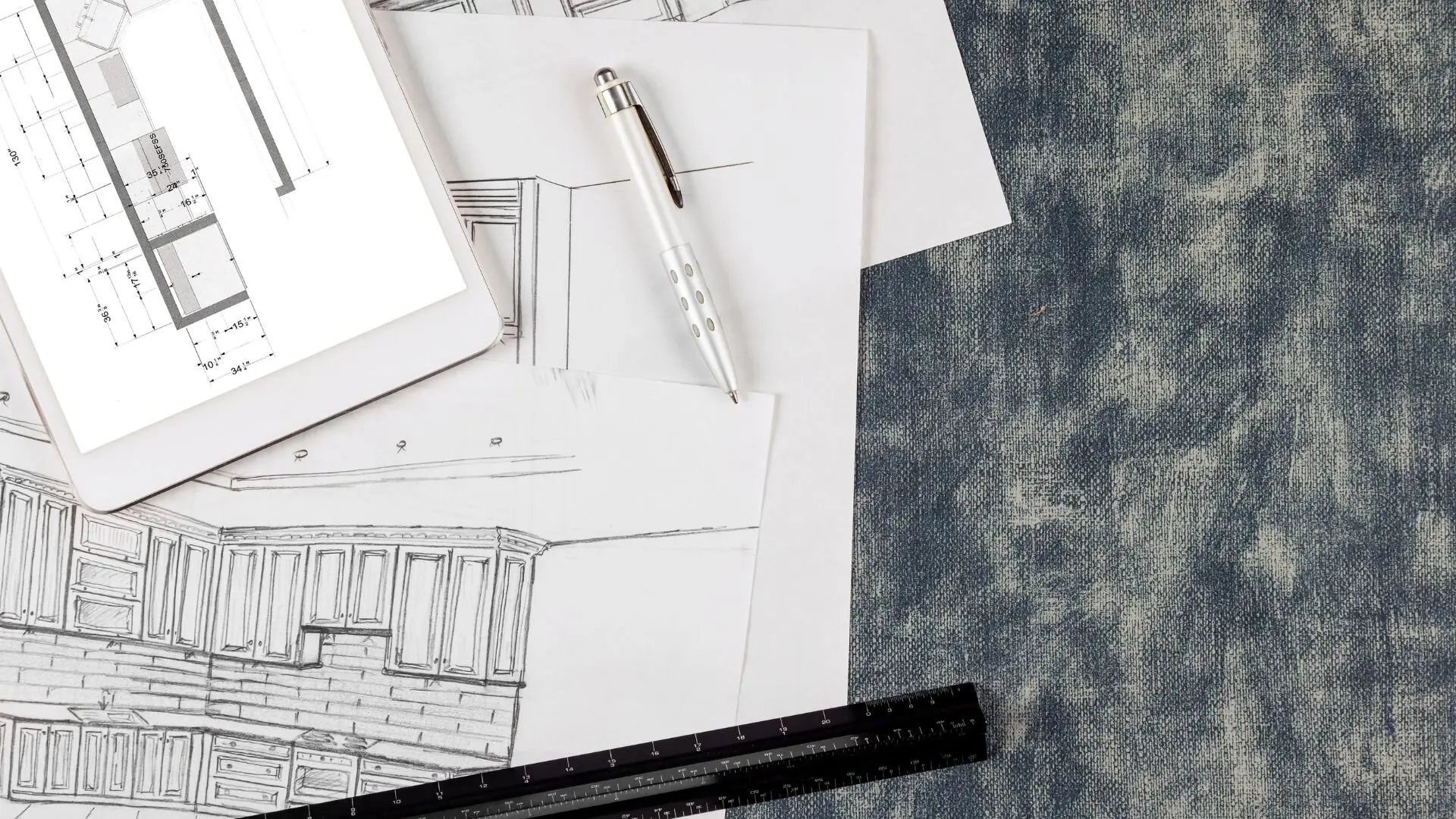
Future needs must also be considered. As kitchens evolve into multi-functional spaces, additional appliances or fixtures should be incorporated into the design.
Here are common layout considerations to keep in mind:
- The 'triangle’ rule places the sink, stove, and refrigerator in a triangular formation for efficient movement.
- Clean and dirty areas are separated, with the dishwasher and sink on one side for washing and preparation and waste disposal on the other.
- Ample clearance for cabinetry and appliances, ensuring doors and drawers open without obstruction.
A well-designed kitchen plumbing layout not only serves the immediate needs of the homeowner but also anticipates changes, ensuring the space remains functional and adaptable for years to come.
Selecting Materials and Fixtures
Choosing suitable materials and fixtures is crucial in a kitchen remodel, impacting your kitchen’s look and longevity. Regarding plumbing, the materials you select must be durable, easy to maintain, and in line with your kitchen’s aesthetic. Here’s how to make informed decisions about materials and fixtures for your kitchen plumbing:
Pipes and Fittings
- Copper: Long revered for its durability and reliability, copper piping is a traditional choice that resists corrosion and can last for decades.
- PEX (Cross-linked Polyethylene): Flexible, cost-effective, and easy to install, PEX is a popular choice for new homes and remodels. It’s also less likely to burst if it freezes.
- PVC (Polyvinyl Chloride): Commonly used for drain lines, PVC is affordable and easy to work with, though not typically used for hot water lines.
- Brass and Stainless Steel Fittings: High-quality fittings are a must for ensuring tight seals and preventing leaks. Brass and stainless steel are top choices for their strength and corrosion resistance.

Sinks and Faucets
- Stainless Steel Sinks: Known for their resilience and easy maintenance, stainless steel sinks come in various gauges—thicker gauges offer more durability.
- Composite Sinks: Made from a blend of materials like acrylic and quartz, composite sinks offer a range of colours and are resistant to scratches and chips.
- Ceramic Sinks: A classic choice, ceramic sinks offer a high-end look but can be prone to chipping or cracking if heavy items are dropped.
- Faucets: For longevity, look for high-quality brass or stainless steel faucets with ceramic disc valves. Features like pull-out sprayers and single-handle designs can improve functionality.
Fixtures and Appliances
- Dishwashers: Select energy-efficient models with a good reliability record. Ensure they fit seamlessly into your layout.
- Garbage Disposal: If you incorporate a garbage disposal, choose a powerful and quiet model that can handle your household’s needs.
- Water Filtration Systems: Consider adding a water filtration system for cleaner drinking water and prolonging the lifespan of your appliances due to reduced mineral build-up.
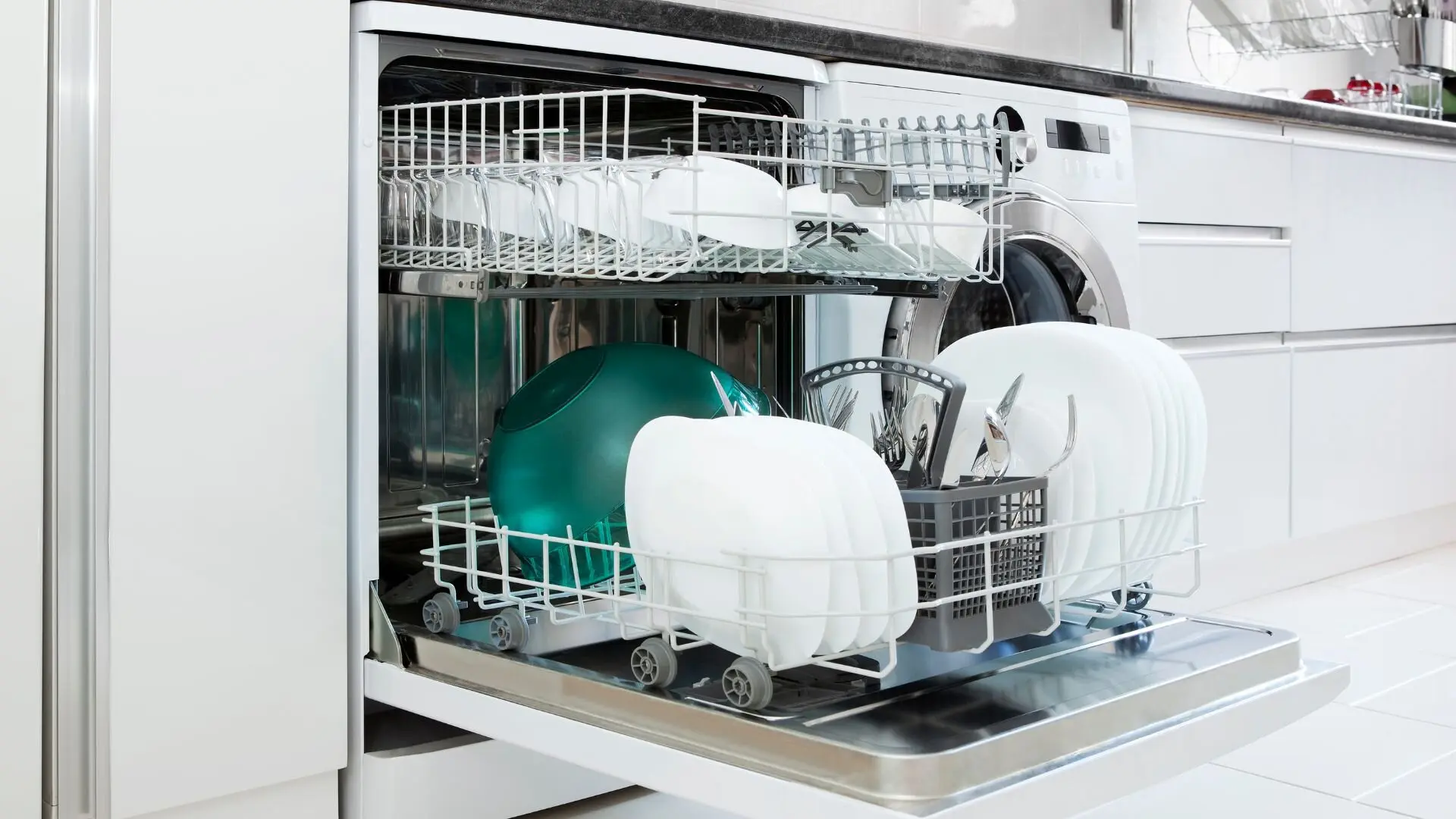
When selecting materials and fixtures, also consider the following:
- Style Consistency: Ensure your choices reflect the overall design theme of your kitchen. Modern, traditional, and industrial looks can be achieved with suitable materials.
- Ease of Cleaning: Kitchens are high-traffic areas, so select materials that can be easily cleaned and maintained.
- Water Efficiency: Look for fixtures that conserve water without sacrificing performance, such as those with WaterSense certification.
- Code Compliance: Verify that your selections comply with local building codes and standards to ensure safety and efficiency.
Compliance and Expert Installation
Ensuring that your kitchen remodel adheres to local building codes and plumbing regulations is not just about legality; it’s about safety, efficiency, and preserving the value of your home. Compliance with these standards dictates the quality of the materials used, the methods of installation, and the qualifications of the individuals performing the work. Here’s what you need to know about compliance and the importance of expert installation:
Building Codes and Regulations
Building codes are established to provide a standard for safe construction and renovation practices. They cover everything from the minimum size of water pipes to properly installing vents and traps. Before beginning your kitchen remodel, it’s essential to:
- Review local codes: Regulations can vary significantly from one area to another, so it’s crucial to understand the specifics of Perth’s building codes.
- Obtain permits: Most significant plumbing work requires permits before it can legally begin. Failure to secure the proper permits can result in fines and complications.
- Plan inspections: Inspectors must review the work at certain stages to ensure compliance. Their approval is necessary for the finalisation of the project.
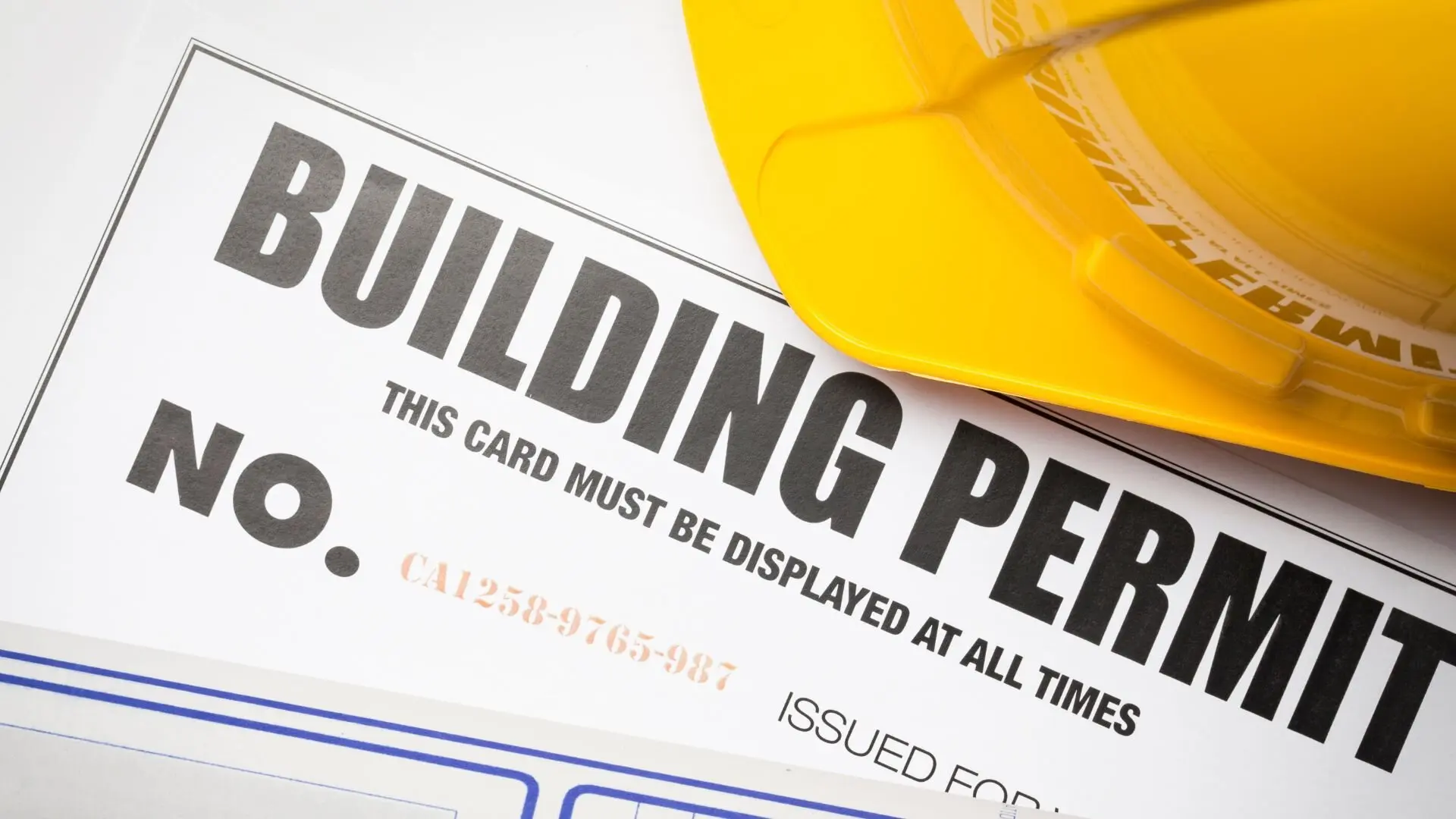
Expert Installation
While DIY projects can be tempting, plumbing is an area where professional expertise is invaluable. An experienced plumber will:
- Guarantee precision: Plumbers bring the skill and attention to detail necessary for installations that meet code requirements and function flawlessly.
- Provide warranties: Professional installation often comes with service guarantees, giving you peace of mind that you’re covered if something goes wrong.
- Save time and money: Mistakes can be costly. Expert installation helps avoid costly errors and the need for future repairs.
Ensuring the Longevity of Your Kitchen Remodel with Woolf Plumbing & Gas
Your kitchen is more than a spot for cooking; it’s where family gathers, your style shines, and your commitment to a well-kept home is reflected. A remodel isn’t just about immediate changes; it’s about long-lasting efficiency. Maintaining your plumbing system is key to your kitchen’s enduring success.
Staying vigilant with regular inspections, cleaning, and preventative care can safeguard the health of your plumbing and avoid the inconvenience of unexpected repairs. However, even with the best care, plumbing systems can encounter regular wear and tear issues. That’s where Woolf Plumbing & Gas comes in. Our expert team is committed to providing the support and services necessary to keep your kitchen pristine.
Don’t let plumbing problems dampen the joy of your newly remodelled kitchen. Contact Woolf Plumbing & Gas today to schedule your annual plumbing inspection or for any maintenance and repair needs.


